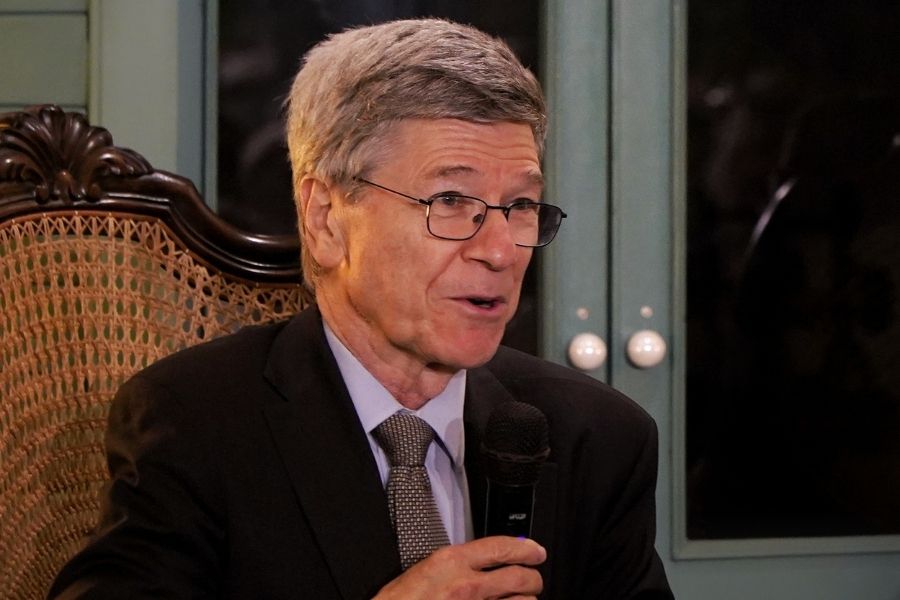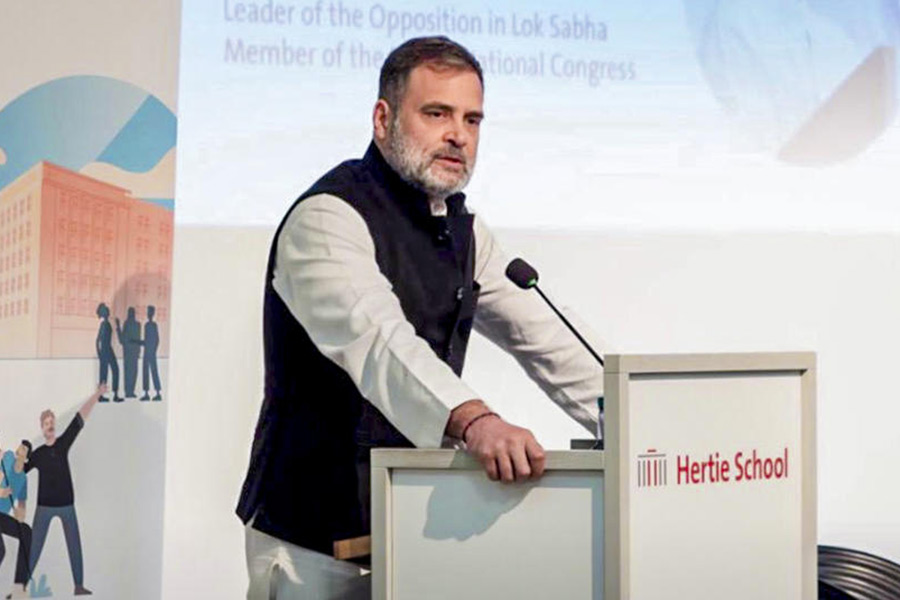The government on Wednesday approved a new telecom policy, which aims to attract $100 billion in investment and create 40 lakh jobs by 2022.
Special attention will be on the fibre infrastructure for broadband expansion and 5G networks.
The policy aims to boost the sector’s contribution to the GDP to 8 per cent from 6 per cent in 2017, besides backing the principles of net neutrality and the rationalistion of spectrum charges.
“The government felt the need to come up with a new telecom policy that is both customer-focussed and application-driven, given the pace of global transformation in the sector, particularly, in emerging technologies such as 5G, IoT (internet of things) and M2M (machine to machine) communications,” telecom minister Manoj Sinha said after the cabinet meeting.
The new policy — National Digital Communications Policy (NDCP) 2018 — will offer a thrust to the entire telecom sector and ensure that the
financially stressed industry “is not merely treated as a revenue generator but one that can provide immense socio-economic impetus to the economy”.
The new policy considers spectrum as a key natural resource to be used for public benefit.
The government plans to optimally price spectrum, review levies such as licence fees and spectrum charges as well as merger rules to ease exits, while taking a fresh look at the spectrum sharing, leasing and trading guidelines.
It also plans to make India one of the top 50 nations in the ICT Development Index of the International Telecommunication Union from 134 in 2017, enhancing India’s contribution to global value chains and ensuring digital sovereignty.
The policy hopes to provide broadband connectivity to every citizen with a speed of 50 megabit per second and provide 1 Gbps connectivity to all Gram Panchayats of India by 2020 and 10 Gbps by 2022.

The Telegraph
“We hope that the DoT will closely monitor the timely implementation of this policy, so that the industry can recuperate from the deep financial stress. The important and urgent requirement is to restore the financial health of the
sector for which the policy document envisages the reduction in levies and ease of doing business,” Rajan S. Mathews, director-general of the COAI, said.
The policy is aimed at creating a long-term road map for emerging technologies and its use in the communications sector such as 5G, artificial
intelligence, robotics, internet of things and cloud computing.
The policy is also looking at enhancing local manufacturing of telecom networks.
The policy, taking into account the capital-intensive nature of the sector, proposes to invite sustainable investment over a period of time and promote fair competition.
Mahesh Uppal, director at communications consulting firm ComFirst India, said: “Given the state of telecom firms, I am apprehensive that they could meet the investment and employment challenges set out in the policy.”
“The government has to take at least a short-term hit on its revenues by reducing levies for telecom players to improve the investment climate in the sector,” he added.
The sector has a debt of nearly Rs 8 lakh crore.










